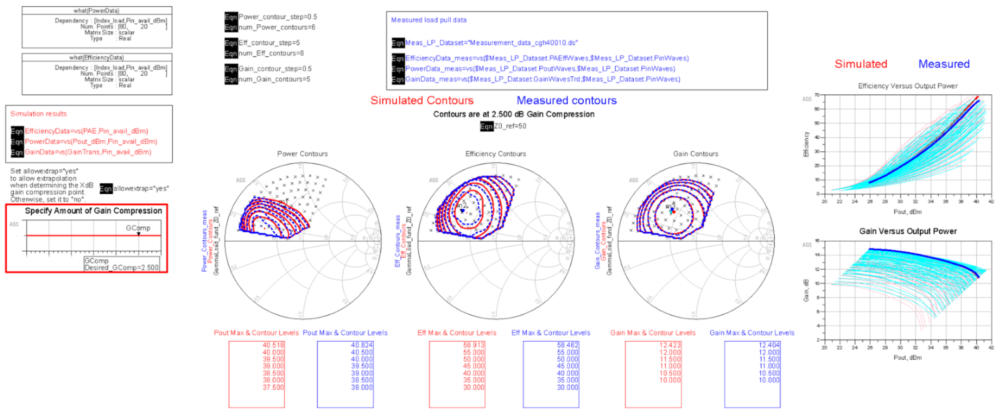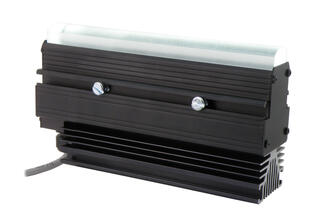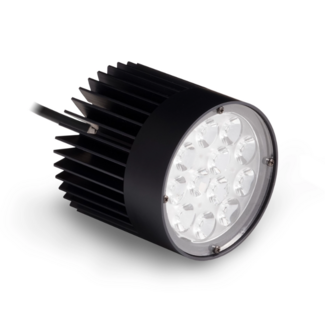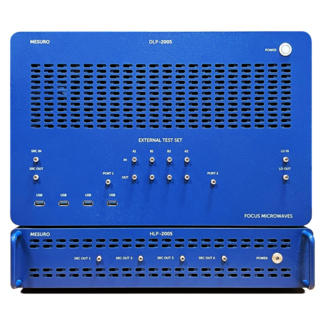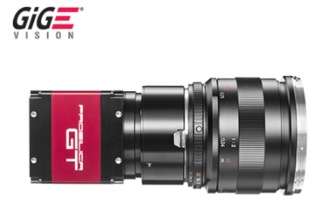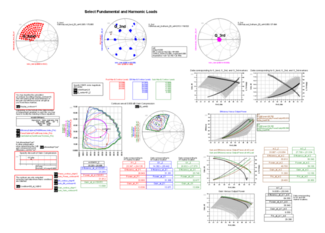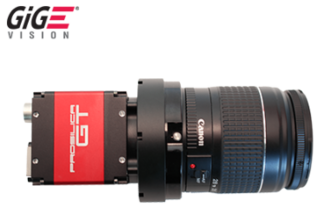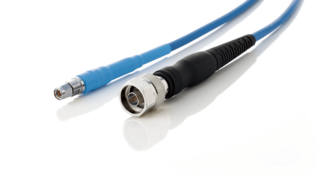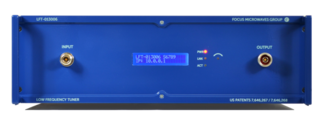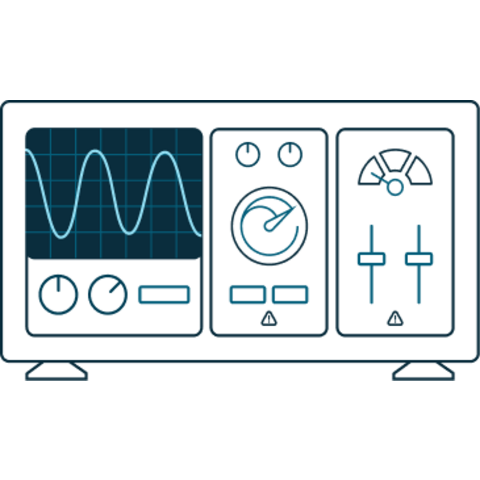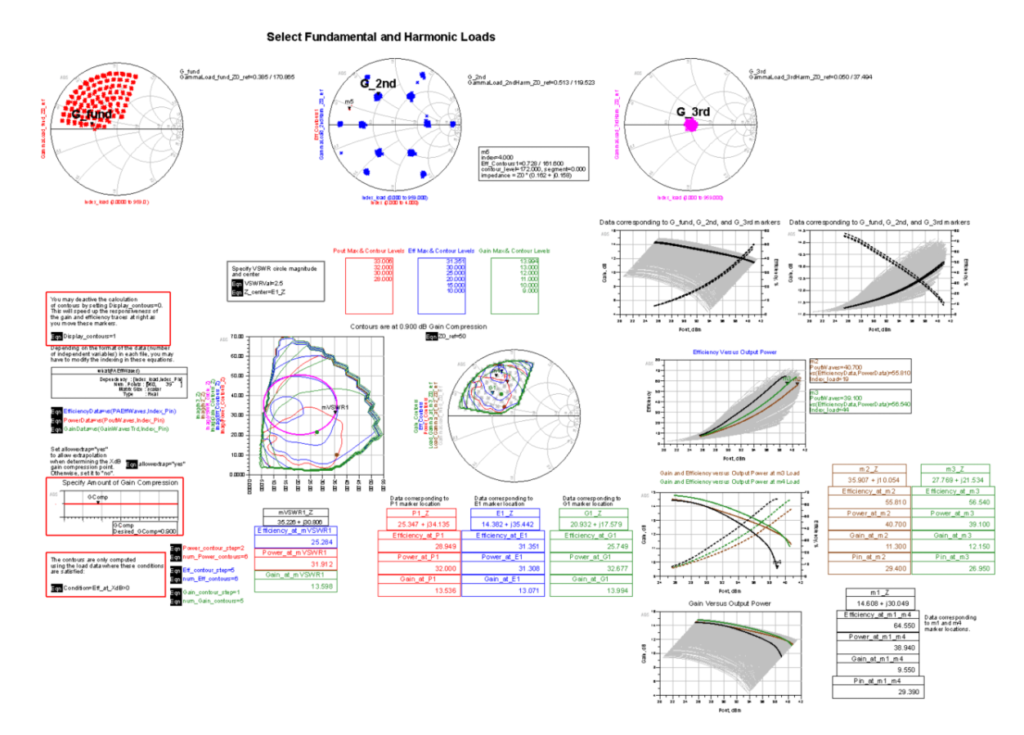Focus Microwaves - Behavioral Model Software
Unlock precise nonlinear transistor behavior representation with our Cardiff Model portfolio. Improve accuracy across a wide impedance space effortlessly.
Non-linear measurement data is often used to create a behavioral model for high frequency components. Formulations of these models have been defined in terms of traveling waves, with a desire to represent nonlinear behavior of high frequency transistors through a direct extension from linear s-parameters.
The Mesuro model portfolio is comprised of two variations of a behavioral model – each targeted at a particular end use – Cardiff Model Lite (CML), where the desired output is a local model, and Cardiff Model+ (CM+), which incorporates higher order mixing terms allowing a single model to fit over a range of impedance space.
The Cardiff Model+ formulation has a number of unique benefits over alternative approaches where formulations are truncated. Once the formulation is extended, the model moves away from a local model, where multiple models are required to define an impedance space (i.e. load lookup), to a model that has a set of coefficients that describes the behavior of a device over an entire impedance space. This dramatically reduces file size and also allows any interpolation to be defined by the model itself rather than relying upon the interpolation algorithm in the simulator. Also, as harmonic superposition is not assumed in the CM+ formulation, a full harmonic mixing model is uncovered describing harmonic interactions and improving model accuracy particularly for complex modes of operation.
Setup
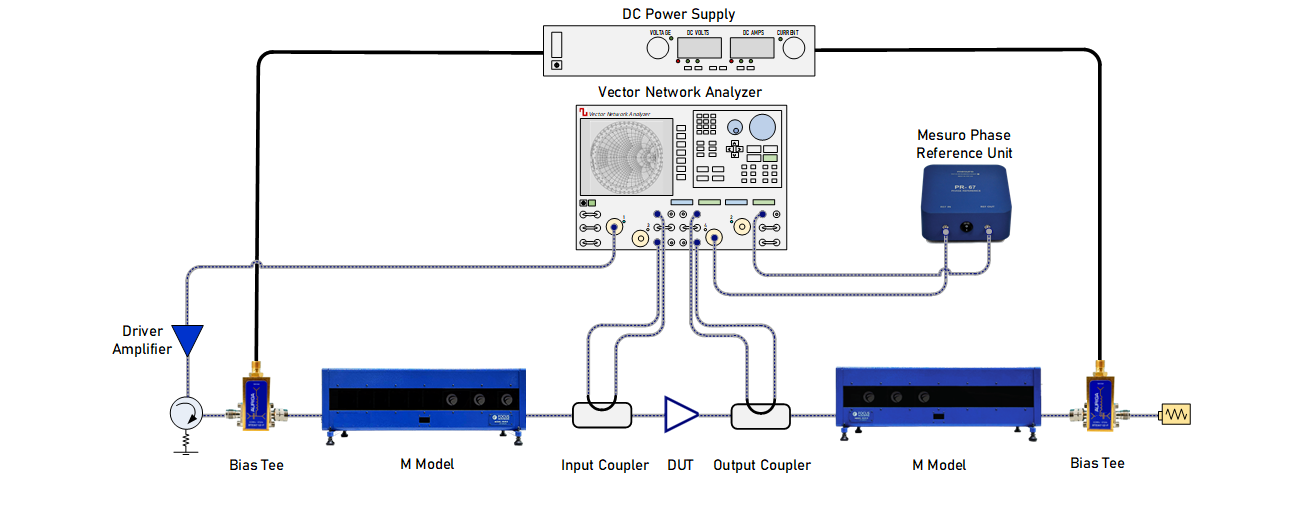

Strategy

EDA Example
EDA example using CM+
The Cardiff Model portfolio is fully supported in all major EDS tools including Keysight Advanced Design System and AWR Microwave office. These models are ideal for release to customers. They are accurate and as they are black box no reverse engineering of the underlying technology is possible.

Comparative Data
